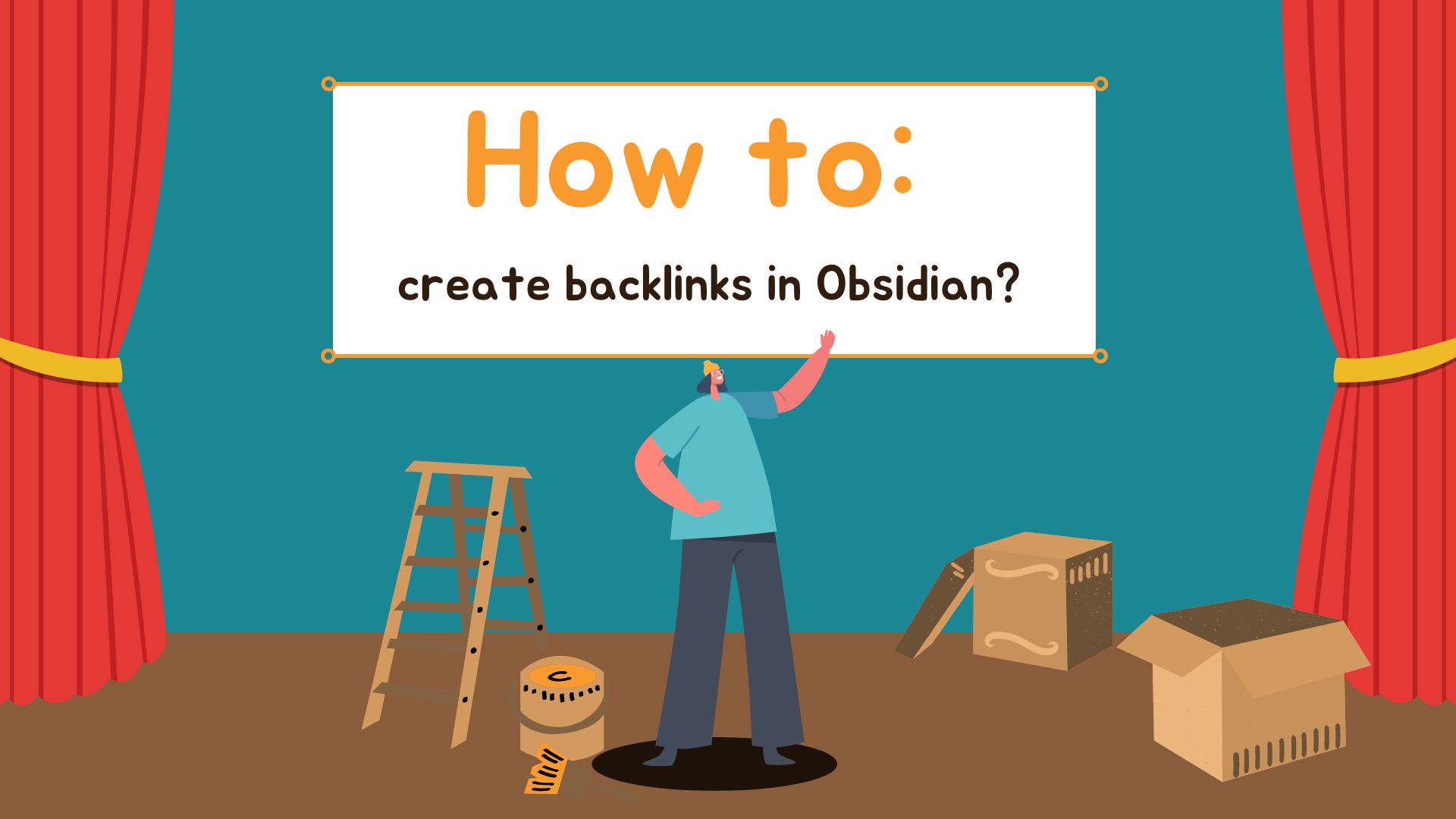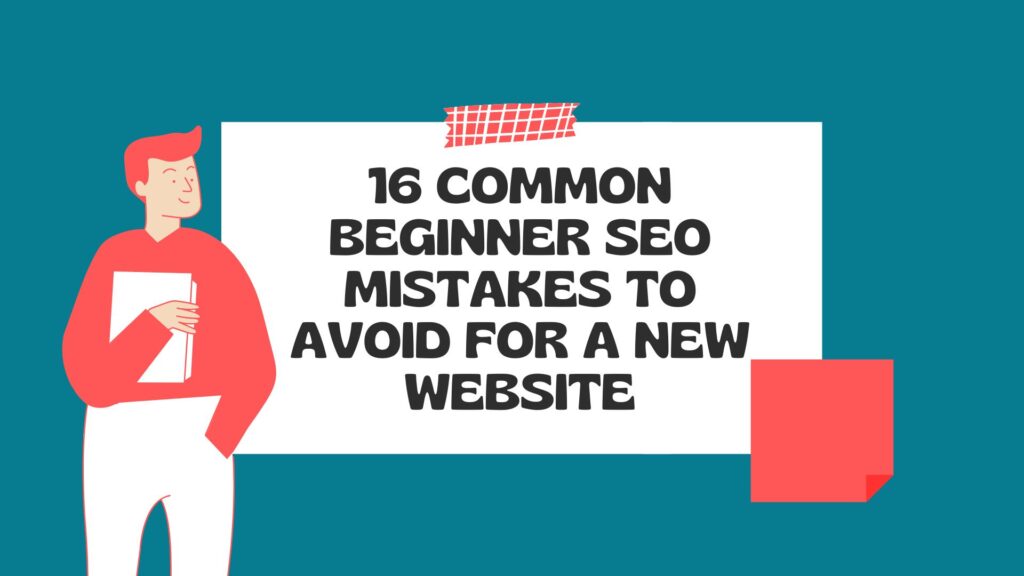Embarking on the journey of Search Engine Optimization (SEO) can be both exciting and challenging for beginners. To navigate the intricate landscape of online visibility, it’s crucial to sidestep common pitfalls. In this comprehensive guide, we’ll delve into the 16 critical SEO practices to bolster your website’s performance and outrank competitors. Common beginner SEO mistakes to avoid for new blogging or e-commerce websites.
16 Common Beginner SEO Mistakes to Avoid
1. Strategic Keyword Selection – A Foundation for Success
The significance of appropriate keyword selection cannot be overstated. Opting for irrelevant or overly competitive keywords can significantly hinder your search rankings. Begin by identifying relevant, high-traffic keywords aligned with your content. Tools like Google Keyword Planner and Ahrefs can provide valuable insights. Keyword Selection in beginner SEO mistakes to avoid for new blog or e-commerce.
2. Keyword Harmony, Not Stuffing – A Delicate Balance
Keyword stuffing is a perilous path that can harm both rankings and readability. Maintain a natural keyword density, ensuring your content flows seamlessly. Prioritize the user experience by delivering valuable content that aligns with search intent.
3. Vigilant SEO Issue Addressing – The Proactive Approach
Regularly reviewing and addressing SEO issues is paramount. Ignoring concerns such as broken links or duplicate content can undermine your site’s performance. Stay vigilant to maintain a healthy and optimized website.
4. Unique Content, Elevated Rankings – Combat Duplicate Content
Search engines detest duplicate content, and it can result in lower rankings. Ensure each page on your website offers unique, valuable content. Unleash your creativity and provide a fresh perspective to captivate both users and search engines. Content writing in beginner SEO mistakes to avoid for new blog or e-commerce unique & simple.
5. Meta Descriptions: – Gateway to Click-Through Success
Meta descriptions are your first chance to entice users. Neglecting them can impact click-through rates. Craft compelling meta descriptions that not only summarize content but also enthrall users, improving search snippet visibility.
6. Backlinks – The Pillars of Authority
Backlinks are akin to digital endorsements, building your site’s authority and trustworthiness. Invest time in creating high-quality, relevant backlinks. These not only enhance SEO but also establish your website as a reliable source within your niche.

7. Analytics Insights – A Treasure Trove for Improvement
The omission of analytics tools, such as Google Analytics, is a missed opportunity. Regularly monitoring and analyzing your website’s performance unveils invaluable insights. Data-driven decisions are pivotal for optimizing strategies and achieving sustained success.
8. Speed Matters – Optimize Your Site’s Loading Time
Both users and search engines favor fast-loading websites. Optimize images, leverage content delivery networks (CDN), and employ browser caching to enhance site speed. A swift website not only pleases users but also aligns with Google’s preference for efficient browsing experiences.
9. Sculpting Site Structure – A Navigational Blueprint
An organized site structure is the cornerstone of seamless navigation. Users and search engines should effortlessly traverse your website. Establish a logical, user-friendly hierarchy, ensuring that each page serves a distinct purpose in enhancing user experience.
10. Link Maintenance – A Broken Link-Free Zone
Broken links are a detriment to both user experience and SEO. Regularly audit and rectify broken links to sustain a smooth browsing experience. A well-maintained link structure contributes to the overall health of your website.
11. User Intent Understanding – The Core of SEO Success
User satisfaction is paramount in the realm of SEO. Understanding the intent behind user searches allows you to craft content that precisely meets their needs. Align your content strategy with user intent to secure a favorable position in search rankings.
12. Concise Meta Titles – A Crucial Element for Visibility
Meta titles serve as the initial interaction with searchers. Keep them concise, within the recommended character limit, to ensure optimal display in search results. A well-crafted meta title entices clicks and sets the stage for user engagement.
13. Redirect Precision – Navigating User Experience
Correct redirects are imperative for a positive user experience. Avoid faulty redirects that could result in confusion and negatively impact SEO. Implement precise redirects when necessary to maintain a seamless journey for users.
14. UX Prioritization – Elevating User Experience to the Forefront
User experience (UX) is not just a design aspect; it’s a ranking factor. Prioritize a user-friendly design, clear navigation, and engaging content to create an immersive online experience. A website that prioritizes user satisfaction aligns seamlessly with search engine algorithms.
15. Keyword Consistency – Maintain Focus for SEO Success
Avoid the pitfall of using unrelated or conflicting keywords within your content. Maintain a consistent focus on relevant topics, allowing search engines to understand and categorize your content accurately. Keyword Consistency in your blog or e-commerce beginner SEO mistakes to avoid for a new website.
16. Content Excellence – A Cornerstone for Reputation and SEO
Quality content is non-negotiable. Low-quality content can tarnish your reputation and harm SEO efforts. Dedicate time to creating informative, valuable, and well-written content that resonates with your target audience.
Final Thoughts – The Ongoing SEO Journey
In addition to the indispensable practices highlighted earlier, beginners must wholeheartedly embrace the nuances of local SEO, strategically targeting their immediate geographic audience. Conducting thorough keyword research becomes a compass, guiding them toward optimal content optimization. The mobile landscape cannot be ignored; hence, optimizing for mobile users is not just a trend but a necessity for a seamless user experience.
Exploring internal linking opportunities adds a layer of structural integrity to their websites, facilitating easier navigation and enhancing overall user satisfaction. Crafting meaningful anchor text becomes a subtle art, directing users and search engines alike to the essence of their content. Prioritizing metadata serves as a crucial roadmap for search algorithms, ensuring accurate categorization.
Consistently delivering high-quality content should be the guiding ethos. This commitment not only establishes credibility but also resonates with audiences, fostering sustained engagement. By addressing these aspects comprehensively, beginners fortify their SEO strategy, creating a foundation for long-term success in the dynamic and competitive digital landscape.


